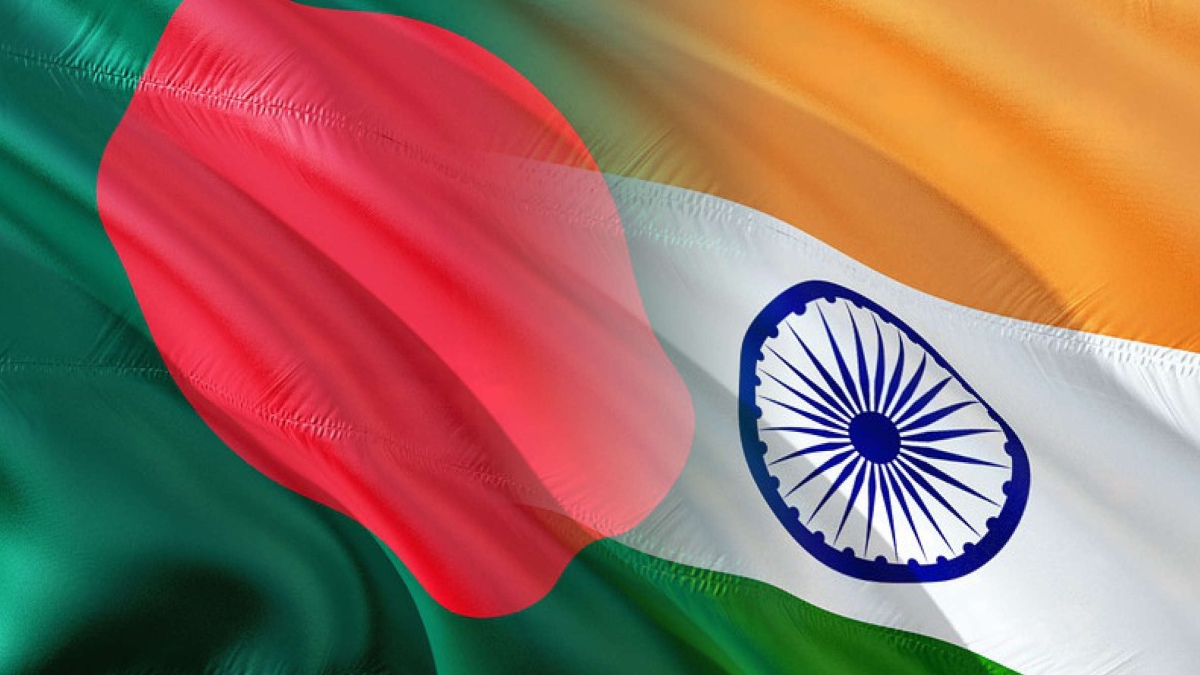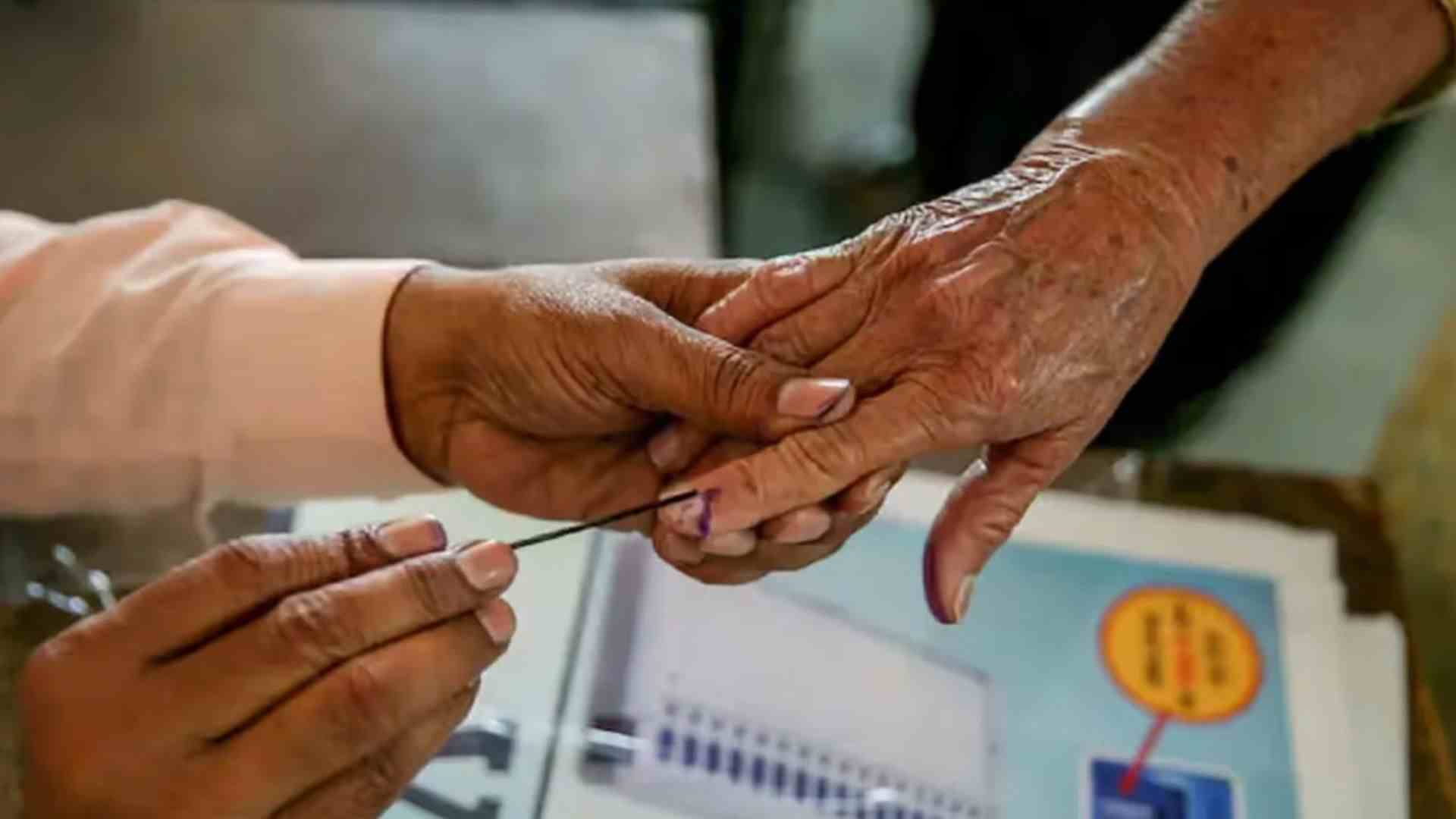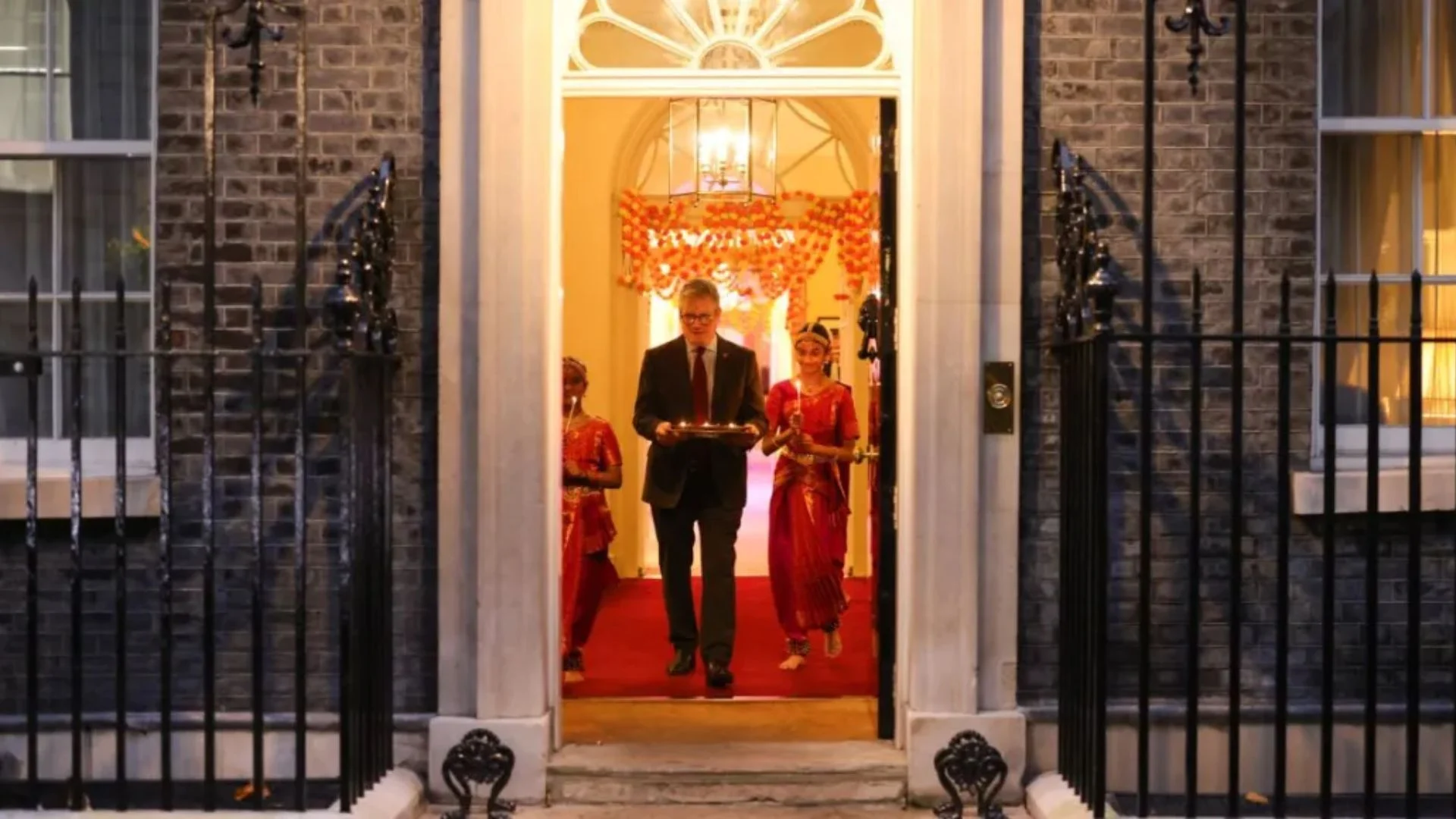
The modern world order had seen different shades, dictated by successive imperialist European Powers from 19th century to the 21st. The polemical world got splinted ideological ground, which was categorized as a left and right. The communist regime was put into the category of left and the capitalist route was identified as right. Both amassed whopping arms and ammunition across the world, they also tried to create a bull fight scenario among their satellite’s states. The post-second world order was bloody and very disturbing. The end of the cold war had seen more dictatorial trends and unruly behavior of America. Iraq, Libya, Myanmar, and Afghanistan were systematically attacked and weakened. The new trend of the 21st Century world order talked about changing axis from west to east, is not very different from its earlier format. Emerging China is using the same methods and techniques which were being used by Britain and America. The Chinese approach during the pandemic has shown how China could be reckless and dangerous to world peace and existence to humanity!
The Hindu World Order is neither left nor right. It consists of both. RSS Sarkaryavas (general secretary) Daatatrey Hosabale said that geographical, religious, and political divides of left and right and East and West have blurred, dimmed, and melted. The integral manifestation of Hindu world order is based on the essence of humanity, which was shown by India during the 1971 Liberation of Bangladesh massacres when thousands of refuges took shelter in India. It is based on the 1988 proposal of Rajiv Gandhi for the elimination of nuclear bombs from the world. There are many more examples when the lakhs of people from across the world, with different religions, took a dip in the spiritual Kumbh in Prayag Raj or Haridwar for the realization of common existence. The same is the truth of realization of ‘One Sun, One World and One Grid’. The idea of India is the idea of humanity, not merely the geographical confinement of a particular community or people.
What is important to understand is that the Hindu culture of the Indian subcontinent is the umbilical cord, it brings them together. The rest of the cultural currents are external. They create fissures than unity and solidarity. India-Bangladesh relations of last ten years is model to showcase in the Indian subcontinent.
In fact, recent India-Bangladesh relations have bloomed in Hindu culture. Therefore, it becomes a necessity to channelize the Hindu textures of making a peaceful world order. To begin with, South Asia could be a starting point. The question could be asked who are the people scared of booming ties between the two countries? India-Bangladesh relations are deeper than any other strategic partnership and a “role model” for ties between two neighboring countries, as said by the Indian Foreign Secretary, Harsh Vardhan Shringla. “On humanitarian, political and diplomatic facets of the 1971 war, Indian Air Force played a key role in supporting the struggle of Mukti Vahini,” Shringla further stated. India’s humanitarian response to the refugee issue during that time to be one of the most sophisticated and empathetic in contemporary history. India Bangladesh relations have been strengthened through the first neighborhood policy and look act policy. It is equally important to acknowledge that Modi’s first foreign visit since the pandemic was to Dhaka at the invitation of Prime Minister Sheikh Hasina to commemorate the golden jubilee, which is the testimony to the highest priorities of Indian policy.
South Asia has a very complex geography and mixed cultures. The historians called it a melting pot of different cultural heritage like Hindu, Islam, Christianity, Malay and Chinese. Largely it is made of Hindu culture. Not merely South Asia but more than 54 countries spanning from Himalayas to the Indian Ocean were born out of Hindu culture. The archival evidence is the testimony of this truth. The systematic cultural looting and burning have created a larger space for foreign religions and ideas. This continued unabated. The post-independent India was heavily burdened with western piggy knowledge and continued to rejoice in the colonial tests in the post-colonial era. During the Cold War, American think tanks structured our syllabi and textbooks. The weakening of Indian ethos is being categorized as an unscientific and unrealistic story.
The new regime started to weave a new India to re-establish its lost glory. While understanding India’s cultural history through the prism of world politics, found the western-centric cold war period was in complete denial of Hindu culture. It was easily shrugged off like dust. With the beginning of the 21st Century, the axis of power shifted from Europe to Asia. In Asia, there were two major contenders of the Asian World Order. Once again China adopted the same tricks and methods to weaken the Hindu culture in the Indian neighbourhood. Whether it was Bangladesh or Pakistan, Nepal or Afghanistan, China used to demean the Hindu culture. That is how Nepal PM was lured to pronounce Ram Mandir and Ayodhya are in Nepal. It is not merely the number of Hindus drastically declined from Pakistan, Afghanistan, and Bangladesh, but Hindu ethos and culture were ruthlessly uprooted by successive regimes in Indian neighbourhoods. The right to property acts in Bangladesh forced the Hindu populace to flee from there.
The crucial question is how to get done? What India should do to deter the inimical factors which are dismantling Hindu culture in the 21st Century? Firstly, merely flavors of the soft power are not enough. Even the father of the soft power concept Joseph Nye has also modified his ideas of soft power. Therefore, when he transformed soft power into smart power, he mixed soft power with hard power. Hard power is all about military strength, economic baggage, and political will. India needs to pursue a hard power to expand and restore Hindu culture in the Indian subcontinent. Hard power does not augur a perpetual conflict or war with the neighbors. But some carrot and stick policy if it is being challenged. Secondly, a new brigade of intellectuals needs to be identified. 50 years of research and seminars in and around the world on Indian culture, must be reviewed, most of them deliberated overtly and covertly undermining the salience of Hindu culture. Surprisingly, most of these seminars and workshops were funded by Indian funding agencies like the University Grants Commission, Indian Councils of Social Science Research (ICSSR) ICHR, and a couple of others. Under the mandate of the new education policy, all these funding agencies should take up the challenges to regain Hindu culture. Thirdly, people to people contacts should be initiated not merely with South Asian countries but with almost 54 countries where imprints of Indian culture were deeply ingrained. Lastly, universities and institutes must play a lead role in creating a mindset of understanding and professing Hindu culture.
There is no doubt that the wave of Hindu culture in the subcontinent will bring prosperity and development. That is the spirit of the ‘First Neighborhood Policy’. After becoming an independent country, Bangladesh demanded satellite data from India in 1972, which was blatantly denied on the ground of national security. In 2014 while taking the oath of the Prime Ministership, Narendra Modi advocated for a joint satellite for South Asian countries. This change of mindset needs to be aggressively pursued. The weaving of Hindu culture will cement the fissures slippages of diplomatic trust deficit.
The writer is a professor of political science at IGNOU. Views expressed are writer’s personal.
India’s humanitarian response to the refugee issue in the past has been one of the most sophisticated and empathetic responses in contemporary history. Indo-Bangla relations have been strengthened through the first neighborhood policy and look act policy. It is equally important to acknowledge that PM Modi’s first foreign visit since the pandemic was to Dhaka at the invitation of Prime Minister Sheikh Hasina to commemorate the golden jubilee of Bangladesh which is testimony to the highest priority that Indian policy gives to that country.















